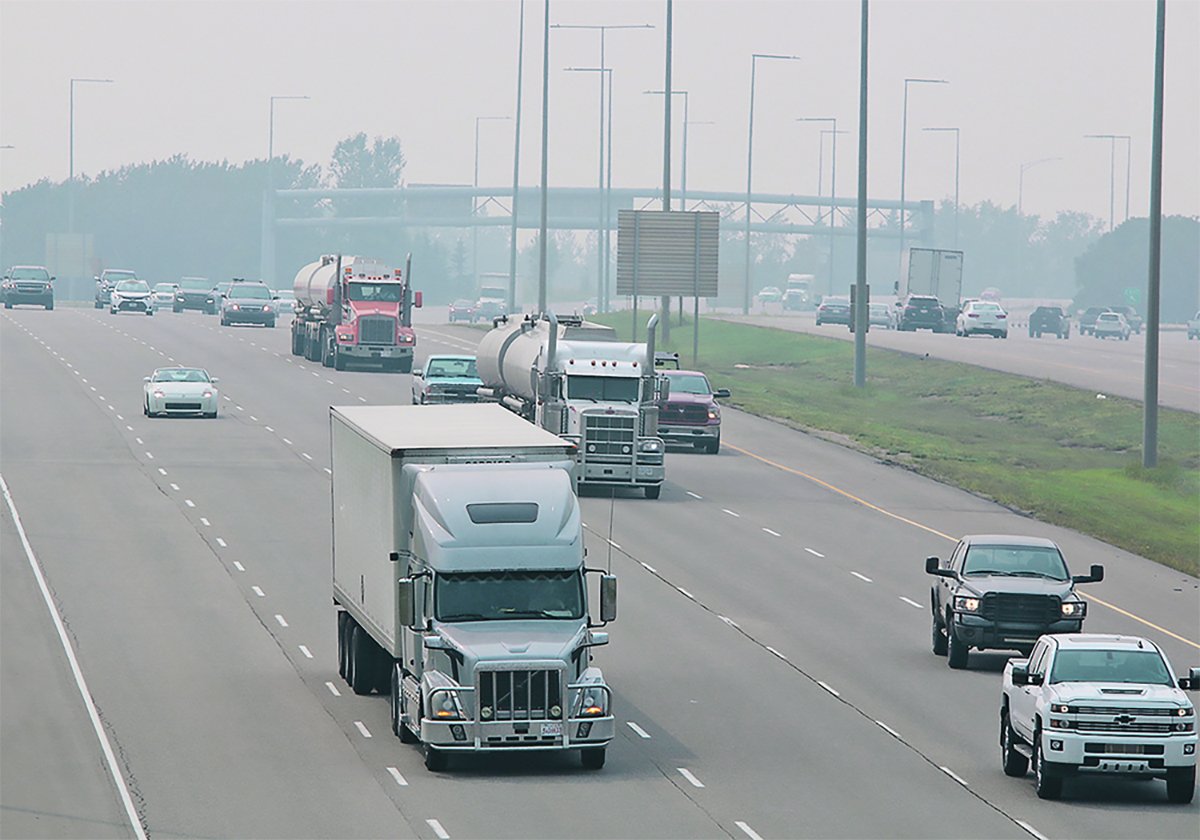Flood waters are receding in the northeastern and east-central Saskatchewan grain belt but not everyone is out of the water yet.
The Saskatchewan Watershed Authority said most rivers and creeks have peaked, but some lakes have yet to reach their highest levels.
The authority is keeping an eye on Good Spirit Lake as it continues to rise.
As water levels drop in the hardest hit areas around Fishing Lake and Waldsea Lake, farmers and cattle producers are assessing their options as they look at soggy fields and pastures too wet to accommodate cattle.
Read Also

Alberta cracks down on trucking industry
Alberta transportation industry receives numerous sanctions and suspensions after crackdown investigation resulting from numerous bridge strikes and concerned calls and letters from concerned citizens
The provincial government last week announced an emergency grazing policy for cattle producers facing either flood or drought.
The provincial community pasture program has space available in the northeast region, said Mark Heebner, acting resource management services manager in the agriculture department.
He described conditions there as wet but not flooded.
“We have some grazing available because we’re not at full capacity right now,” Heebner said. Pastures in the northwestern and southern regions, however, are full.
The program allows producers who are Saskatchewan residents and can provide proof of ownership, have branded their cattle and who live in areas affected by flood or drought, to graze their cattle in a community pasture this year without going through the usual application process.
Producers will pay fees to use the pastures and are responsible for transporting their cattle to the grazing area.
This is a one-time thing, Heebner said, and producers who want to use the pastures next year will have to apply.
There are also several quarters of vacant crown land for short-term grazing. Initially there was room for between 750 and 1,000 cow-calf pairs but some space has already been allocated.
Producers can call 866-457-2377 for more information.
Meanwhile, crop reporters for Saskatchewan Agriculture’s weekly report have indicated some winter wheat and fall rye winterkill is due to spring flooding.
In Manitoba, minimal flooding is expected along the Assiniboine River system as long as the weather co-operates and heavy rain doesn’t appear. Manitoba Water Stewardship has continued a flood watch for the river from Shellmouth to Millwood.
Lake Winnipegosis is high and still rising. It is not expected to crest until later this month and will be below last year’s level. Low lying land near the lake is likely to flood if there are strong winds.
Water coming into Manitoba west of The Pas from the Carrot River is declining, but fields near the river will be flooded for several more days.
Pumping of the Saskatchewan and Carrot rivers at The Pas continues as heavy runoff from Alberta flowed through Saskatchewan and entered the river systems.
According to Alberta Environment’s flood watch update for May 14, two remaining flood watches were downgraded to high stream flow advisories.
Water levels have peaked on the Battle River, downstream from Forestburg in central Alberta, and in the Peace district the South Heart River remains high.















